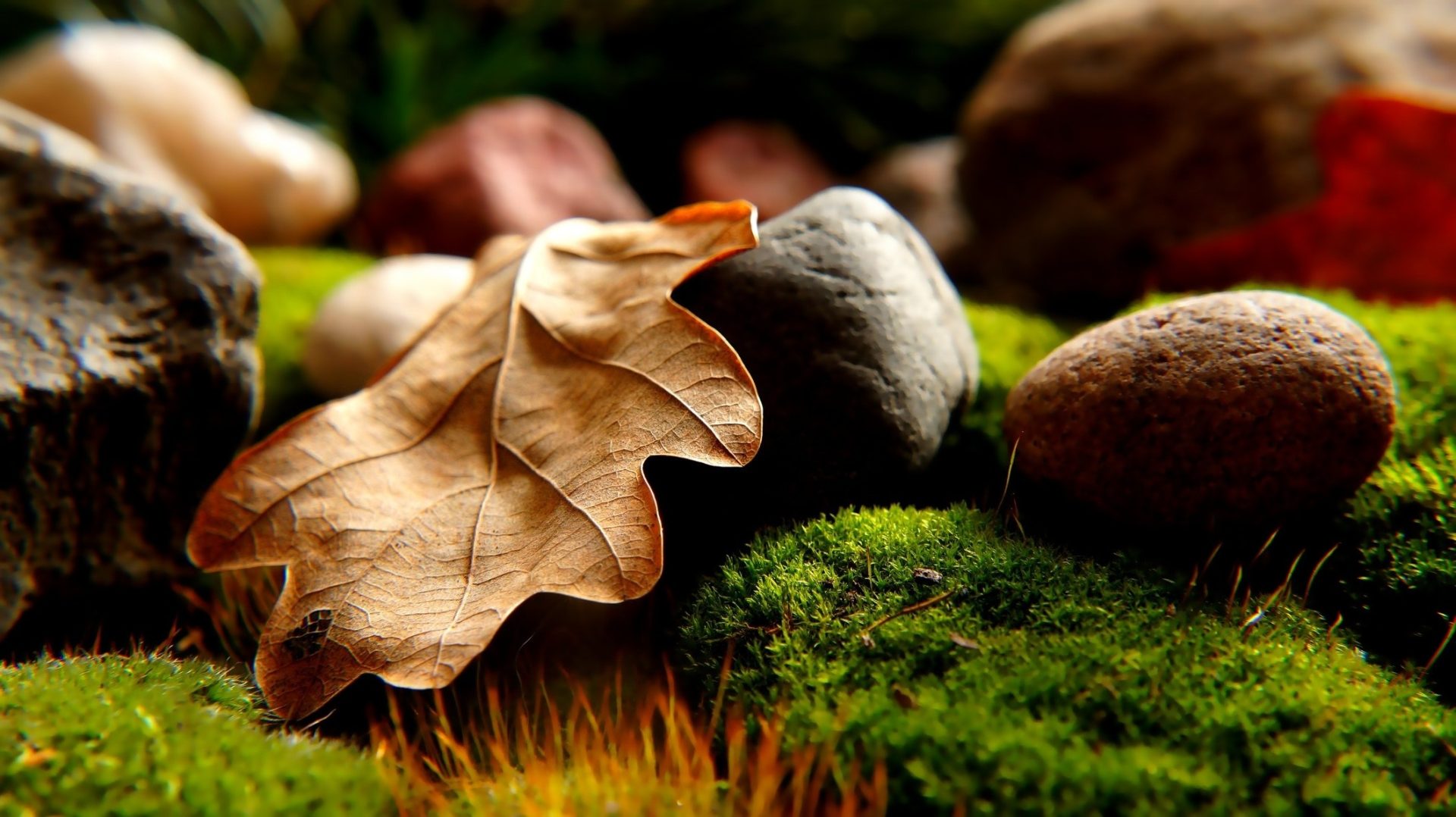Do you want to effortlessly water your landscaping plants while saving time, water, and money? Look no further than a soaker hose!
This budget-friendly alternative to drip irrigation or sprinkler systems delivers water directly to the roots of plants, preventing water waste and keeping your plants healthy and happy.
Using a soaker hose is simple and easy, and with the right setup and additional tips, you can maximize its benefits. Say goodbye to the hassle of watering your plants with a traditional hose or sprinkler system and embrace the efficiency and effectiveness of a soaker hose.
With this tool in your gardening arsenal, you can sit back and relax while your plants receive the perfect amount of water they need to thrive.
Quick Takeaways
- Soaker hoses save time and effort in watering plants while delivering water directly to the roots, preventing water waste.
- The length of time a soaker hose should run depends on soil moisture levels and can vary based on climate and water pressure.
- Soaker hoses are a budget-friendly alternative to drip irrigation or sprinkler systems and can help conserve water and lower monthly bills.
- To use a soaker hose, measure the distance needed, keep the hose at least 2 inches away from plant stems, and attach it to a water source with an in-line water filter, pressure regulator, or timer if necessary.
Benefits
You’ll love the benefits of using a soaker hose. It saves time and effort while delivering water directly to your plants’ roots. This targeted watering technique helps promote plant health and growth while preventing water waste.
In addition to being a time-saver, using a soaker hose can also help you conserve water and lower your monthly water bill. By delivering water directly to the roots of your plants, there is less evaporation and runoff, which means less water is wasted. Plus, soaker hoses are typically more budget-friendly than other watering methods, such as drip irrigation or sprinkler systems.
So not only will you be saving time and effort, but you’ll also be doing your part to conserve water and save money.
Usage and Setup
To properly set up your soaker hose, start by measuring the distance you need to cover and keeping the hose at least two inches away from your plants’ stems or trunks.
Attach the hose to a water source and make sure to use an in-line water filter, pressure regulator, or timer if necessary.
Once everything is set up, turn on the faucet to 2/3 of the fully open position to ensure enough water pressure for the water to flow from the pores in the hose.
It’s important to check the soil moisture levels at the root level of your plants to establish proper watering.
If your soil is already moist, you may not need to run the soaker hose as frequently. However, if you live in a dry climate, you may need to run the hose daily to ensure your plants get enough water.
Remember that the amount of water your soaker hose uses per hour will vary based on water pressure and hose length, so it’s a good idea to install a flow-rate meter to verify water usage.
Additional Tips
For optimal results, it’s important to keep an eye on your plants’ soil moisture levels. Consider installing a moisture meter or digging to measure moisture levels at the root level of your plants. This will help you determine the appropriate watering frequency for your soaker hose.
To maximize the benefits of your soaker hose, here are some additional tips to keep in mind:
- Use an in-line water filter, pressure regulator, or timer to ensure proper water flow.
- Keep the soaker hose at least two inches away from plant stems or trunks to prevent damage.
- Use a rain barrel to conserve water and reduce monthly bills.
- Inspect your soaker hose regularly for leaks or clogs.
- Consider investing in a flow-rate meter to verify water usage and efficiency.
By following these tips, you can ensure that your soaker hose is working as efficiently as possible and providing your plants with the moisture they need to thrive.
Frequently Asked Questions
Can soaker hoses be used in areas with high water pressure?
Yes, soaker hoses can be used in areas with high water pressure. High pressure solutions include using a pressure regulator or flow restrictor. For soaker hose maintenance and installation tips, keep the hose at least 2 inches away from plant stems and use a filter to prevent clogging.
How often should soaker hoses be replaced?
To ensure optimal performance, you should replace your soaker hose every 3-5 years. Proper maintenance, such as flushing out debris and storing it properly during the off-season, can also prolong its lifespan.
Is it safe to leave soaker hoses on overnight?
It’s safe to leave soaker hoses on overnight, but keep in mind the soil moisture levels and adjust the run time accordingly. Soaker hoses are great for effortless watering, and can save you time and money. Remember to keep them at least two inches away from plant stems and use a pressure regulator or timer if needed.
Can soaker hoses be used in raised garden beds?
Soaker hoses are compatible with raised garden beds, but optimal placement is crucial for maximizing benefits. Place the hose at least two inches away from plant stems or trunks and measure soil moisture levels to establish proper watering.
How do you clean and store soaker hoses during the winter months?
To prevent damage, winterize your soaker hoses by removing them from the garden and storing them indoors. Before storing, make sure to effectively clean them by removing any debris. This will ensure proper functioning and longevity.







